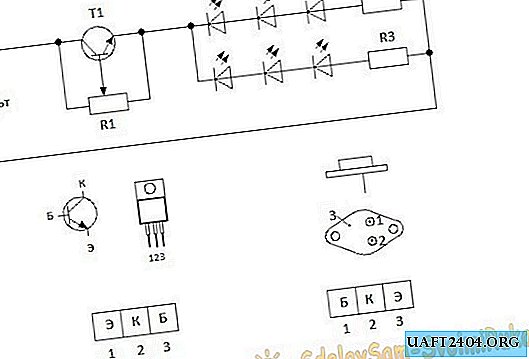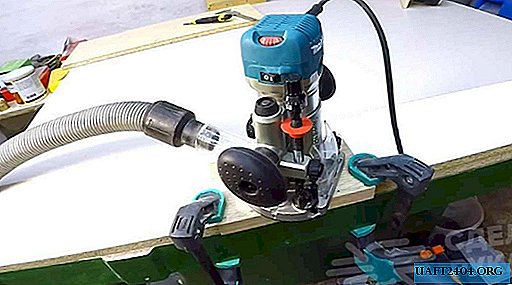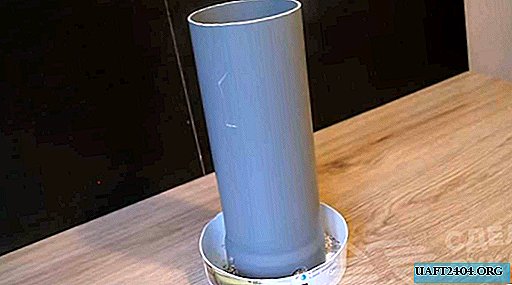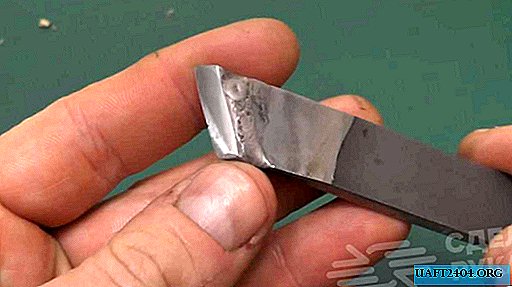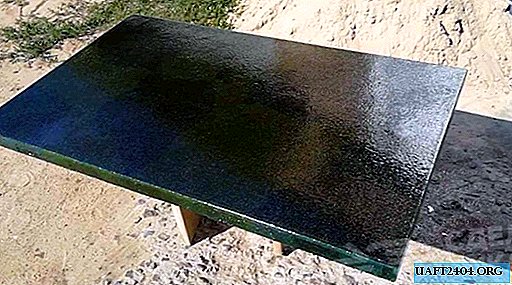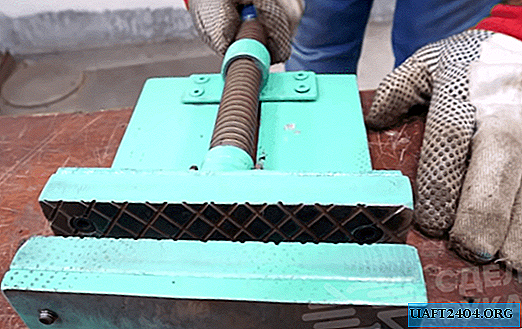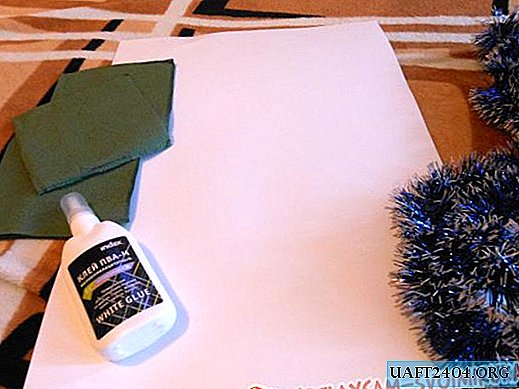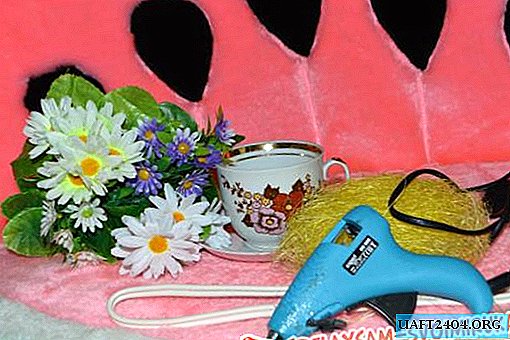Share
Pin
Tweet
Send
Share
Send
In houses built back in Soviet times, there were mainly two forms of release - direct, horizontal and oblique. In this article, we will focus on installing a toilet with an oblique outlet.
Assembling and installing the toilet after laying the tiles is not a very difficult job. It is enough to follow some installation rules and choose the right auxiliary materials. Tools will also be required, because without them the home throne cannot be installed.
So what tools are needed:
- Hammer or hammer drill.
- Drill or drill on tile with a diameter of 10 mm.
- Spanner size 10 mm.
- Adjustable wrench.
- The gun for sealant.
- Screwdriver Set.
- Thin pencil or marker.
Now the list of materials: - 110-90 mm dish-shaped cuff for a cast-iron bell.
- Corrugated toilet cuff straight or eccentric with a diameter of 110 mm. The type of cuff depends on how the plumbing fixture fits the sewer.
- Worm clamp 100-120 mm in size.
- Silicone sealant.
- Kit for fixing the toilet to the floor. It consists of two anchor bolts, two dowels with a diameter of 10 mm, two washers and caps.
Operating procedure
After the work on dismantling the tiles and the old toilet bowl has been completed, and a new tile has been laid, we proceed to the assembly and installation of a new faience "horse". He will take his place for many years and we must approach this task very responsibly.
First, we install a dish-shaped cuff in a cast-iron socket of the sewerage. For more tight contact of rubber with metal, we additionally apply silicone sealant to the cuff before installation.
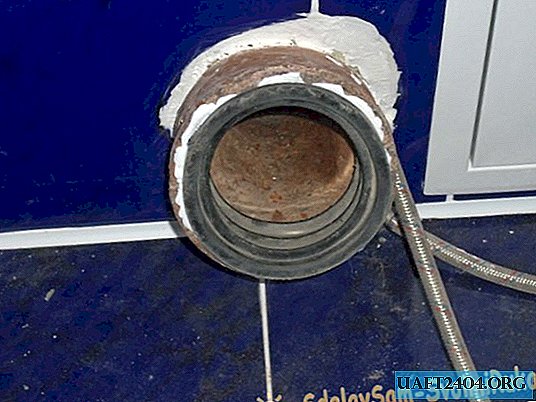
Then we attach the toilet to the sewer and see how the neck of the toilet and the bell meet. In our case, we had to use an eccentric cuff, because after pouring the screed and laying the tile, the toilet bowl rose about 20 mm from the floor.
We put the eccentric cuff on the neck of the product and try on again. By turning the cuff, if necessary, adjust its height relative to the bell. Then we put the worm clamp on the cuff and tighten it.

After that, we put the toilet in place and, after checking the correct installation, we outline the places for attaching the body to the floor with a thin pencil or marker.

We make holes in the tile with a drill on the tile or with the help of a drill. Drill the tiles carefully and slowly, in shock-free mode, trying not to overheat it and the drill.
Then we anchor the toilet to the floor with anchor bolts. No need to exert much effort when tightening the bolts in order to avoid damage to the housing. Tightening the anchor, we put decorative caps on them.

We proceed to the assembly and installation of the tank.

First, we install drain valves. Having greased the rubber sealing washer with sealant, we install the fittings in the opening of the tank and clamp it with a plastic nut, slightly tightening with a gas wrench.

Then we mount the float crane. After installing it in the tank, clamp it with a plastic nut. It is very important that the float valve does not touch the drain valve.

Mount the drain tank on the toilet bowl. A large rubber washer, which is installed between the tank and the body, is abundantly greased with silicone sealant.


Then, on the bolts securing the tank on the toilet, we first put on plastic washers. Following them we string conical rubber.

Putting the tank on the case, and inserting the bolts into the holes, twist the last, gradually attracting the tank to the toilet. It must be ensured that there are no distortions.

After installing the tank, we connect a flexible hoses for supplying cold water to the float valve. Open the stopcock and check the operation of the drain mechanism and the float.

If necessary, adjust the water level in the tank by raising or lowering the float.
The drain valves are also adjusted by raising or lowering the mechanism. It is necessary to make sure that after installing the tank cover, the drain button has a slight free play. When pressed, water should be drained without interruption. And after the drain, the button should rise itself automatically.
After the toilet is installed, it remains only to attach the seat. We install plastic mounting bolts in the hinges. Then, having inserted the seat already with hinges, we mount the structure on the toilet, screwing it to the body with conical nuts.


Share
Pin
Tweet
Send
Share
Send

